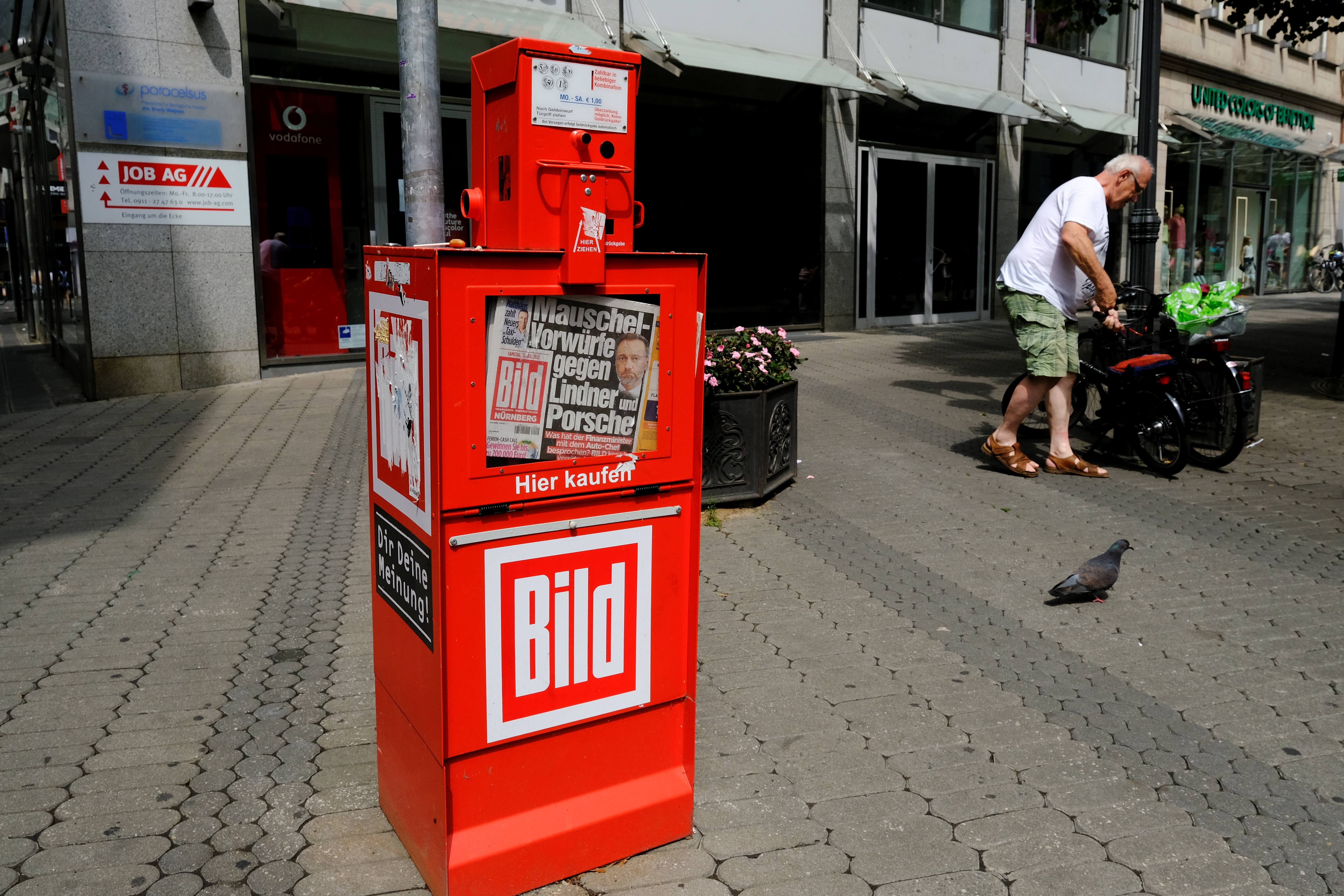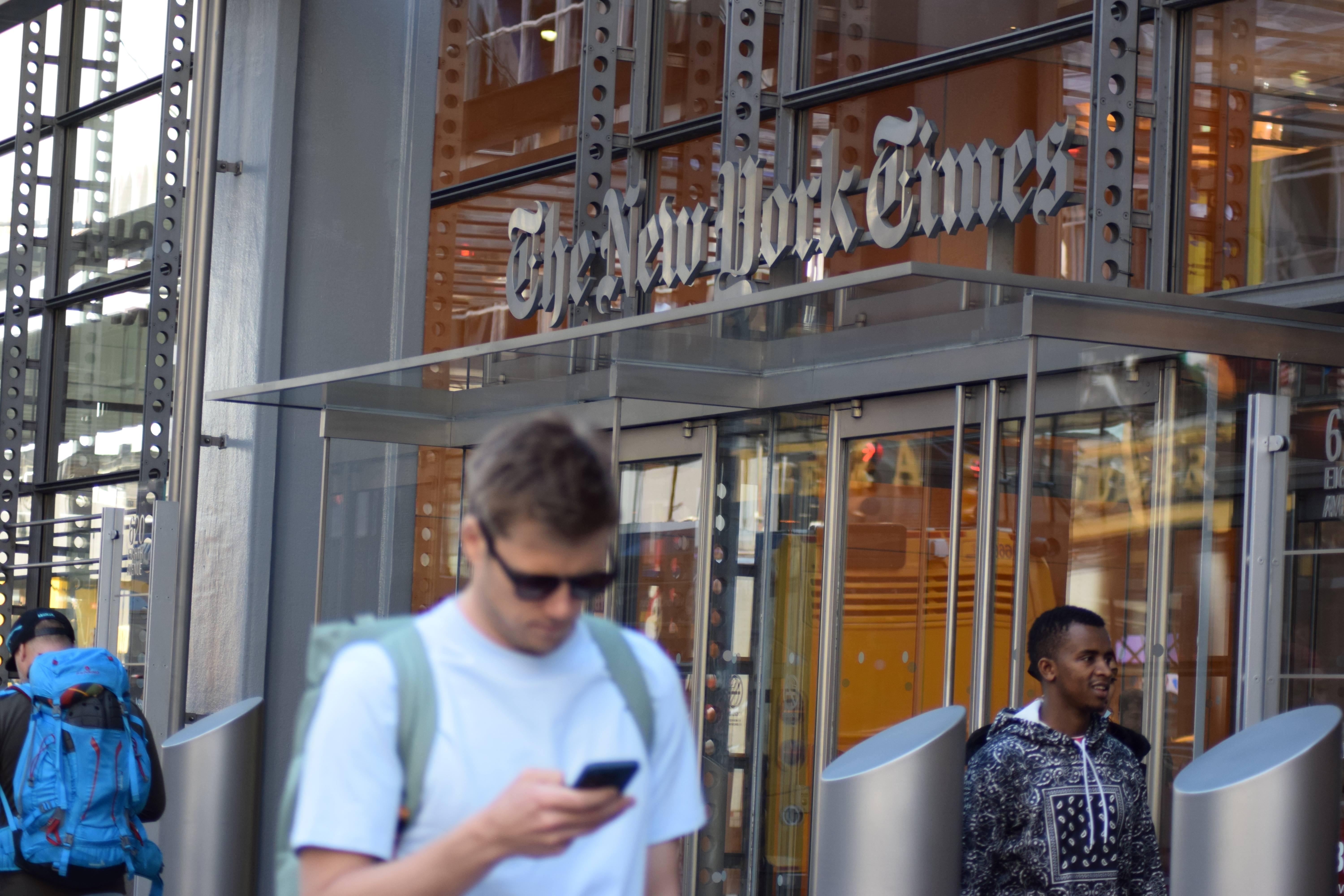From the ‘Great Moon Hoax’ of 1835, ‘Yellow Journalism’ has been around longer than you might imagine. But can it survive forever?
Readers everywhere can identify with the disappointment of clicking on a promising-looking headline to discover the content has little to do with what has been promised. This is known most commonly as “click-bait” journalism.
News links shared on social media are the most common form of click-bait stories. The news links usually contain a headline and a visual representation.
But while news of a natural disaster or a terror attack would clearly warrant sensational headlines, click-bait news uses sensational headlines for articles which have little or no news value at all.
For example, a headline such as “10 facts you must know about Cancer” will generate interest because Cancer is a serious disease. However, when you go inside the story you may find that the story in fact gives very little new information.
According to Search Engine Journal (SEJ), phrases like “X reasons why” and “This is what” generate the most clicks. This type of link will get even more attention if a mainstream media outlet uses it.
Consumers may become frustrated when they see that there is nothing important behind the headline. But this doesn’t matter. Once they click through, they will see the advertising from which the news outlet or social media platform generates its revenue. It doesn’t matter if the reader never reads the article - only that they click on the link.
From 'Yellow Journalism' to infomercials
Overpromising and underdelivering on news headlines has been going on for much longer than most people might imagine. When print media in the 1800s started dabbling with this phenomenon, journalists termed it “Yellow Journalism”. The goal was to grab public attention to such a degree that people would buy more newspapers.
History tells us of the renowned newspaper personalities who made use of Yellow Journalism. Joseph Pulitzer was one of them - as we will come back to.
Broadcast media started experiencing this phenomenon in the late 20th Century, termed it as infomercials. Infomercials ran during off-peak hours, and they were full of commercials while the producers pretended to deliver “life-changing” information.
These days, many online publications also rely on sensational headlines to entice readers onto their news sites where they will also be bombarded with advertising.
The focus of click-bait is to grab public attention creating sensational news headlines which are often misleading or untrue. This strategy has been in use throughout the history of journalism. One of the oldest examples of this practice is the “Great moon hoax of 1835”. The story, which reported that life had been found on the moon, was covered by a New York newspaper, The New York Sun which, at the time, had been going for just two years.
The story, which featured the “findings” of a British astronomer named Sir John Herschel, remained wildly popular for several days. However, the story was a hoax, accompanied by fake pictures.
However, as an example of “click bait” journalism, it was extremely successful.
Even though it was revealed fairly soon after publication that the story had been written by the editor of the paper, Richard Adams Locke, and was untrue, the paper remained very popular. It ultimately resulted in an increase in the circulation of the newspaper.
Another notable example was the competition between William Randolph Hearst’s New York Journal and Joseph Pulitzer’s New York World publication in the early 1900s. Both newspapers tried to reel in readers through provocative, exciting headlines which often broke the ethics of journalism in many ways but pulled in readers in their droves.
In 1983, Vinnie Musetto - dubbed by some the “Godfather of click-bait”, splashed the headline “Headless body in topless bar” across the front page of the New York Post, the paper he edited.
The story was about the shooting of a bar owner. Despite the sensational headline, there was no mention at all of toplessness in the story and headlessness was not mentioned until paragraph three.
The death of journalism?
More recently - in February 2014 - CNN published a provocative headline about rapes in Alaska. The headline - “What state has highest rate of rape in the country? It may surprise you” - was criticised by media professionals, but CNN argued that the story was important enough to justify the attention-seeking headline.
While some media are trying to generate public attention for important stories, others just want you to click on the link and are fairly unconcerned with how important a story is or whether it is in the public interest.
While click-bait is not new, many argue that it could spell the death of journalism in the digital era. One reason is that, today, mainstream media are heavily dependent on social media.
Almost all news outlets have multiple social media handles. These social media handles work as a third party between news outlets and news consumers. While mainstream media might have thought that sharing content on social media would increase their consumer base, it actually brought about the opposite effect.
The continuous availability of mainstream media content on social media has changed consumer behaviour. The same consumers who once visited their favourite news site directly no longer feel the urge to do that.
On top of that, social media offers a blended service of news and entertainment in just one account. According to a study entitled “News consumption in the UK: 2021/2022” by Ofcom, the UK’s communications regulator, the top three sources of news for teenagers in the UK are Instagram, Tiktok and YouTube, while mainstream news organisations ITV and the BBC ranked 4th and 5th respectively.
Another study by Ofcom in 2019 found that half of adult news consumers in the UK access news via social media.
Instagram, Tiktok and YouTube top the list of favourite destinations for news consumers without producing any news content of their own, largely because mainstream media have made their content cheap and available on these sites.
But, whereas once click-bait stories at least served a purpose - to bring readers back to the original publication - these days, they bring readers back to social media platforms instead.
As a result, mainstream media is losing direct contact with their consumers to social media. Like other third parties in any business, social media’s algorithms aim to control the consumption of newsfeed of their users.
These algorithms compound the problem because once a user falls into the trap of click-bait on social media, the algorithms promote even more of these sorts of stories to that user.
People click on the click-baits and the cycle continues. As a result, social media will miss important news stories because they are drowned out by all the click-bait. Mainstream media is left struggling with the same phenomenon while social media remains one of the most important points of contact with consumers.
Combating the 'scourge' of click-bait
The biggest problem is that click-bait news articles contribute to the spread of misinformation. Research on Spanish media in 2019 found that clickbait is delivering incomplete information, pre-eminence of soft news, repetition and serialisation, and use of hyperboles.
Furthermore, click-bait journalism could be considered to be “false advertising”. Just as you would feel cheated if you bought something online which turned out to be completely different from what was described, so readers feel cheated when they follow a click-bait headline. But, while many countries have laws against false advertising or products, this does not extend to click-bait news which mostly wastes the time of readers in order to make money.
So how do we go about combating the scourge of click-bait “journalism”? We may not have to - it may burn itself out.
First, there is growing evidence that people are much more wary of click-bait news and that it is no longer as effective at generating internet traffic as it once was. A recent study of the popularity of click-bait articles, which looked at 19,386 articles from 27 leading online publishers, found that click-bait articles on average provoke much lower shares than standard articles. The study also found that news consumers consider these click-baits to be manipulative, showing a distrust towards the click-bait providers.
Second, there is also evidence that news organisations can increase consumer numbers by embracing independence. A good example of this is how independent sports journalism has flourished by breaking away from mainstream media.
While the sports news makes up part of the traditional news outlet, it is usually placed in the third part of a news bulletin or in the back pages of newspapers. To gain readers, therefore, it has often resorted to sensationalist headlines as well as “rumour-mill” stories.
Some independent small-scale sports magazines have changed all this, however. Delayed Gratification and Another Escape in the UK, Offscreen in Australia, Laine in Finland, Lagom in Sweden, and Jot Down in Spain are a few examples of small, independent news outlets focusing on sport which have been able to redirect sports journalism altogether.
These sports magazines have flourished because they have actively chosen to be independent and work to a high standard of journalism.
Now is the time for mainstream media to reassess its symbiotic relationship with social media and the necessity of click-bait “journalism” at all.
Rokeya Lita is a journalist based in the UK
The views expressed in this article are the author’s own and do not necessarily reflect Al Jazeera Journalism Review’s editorial stance








































